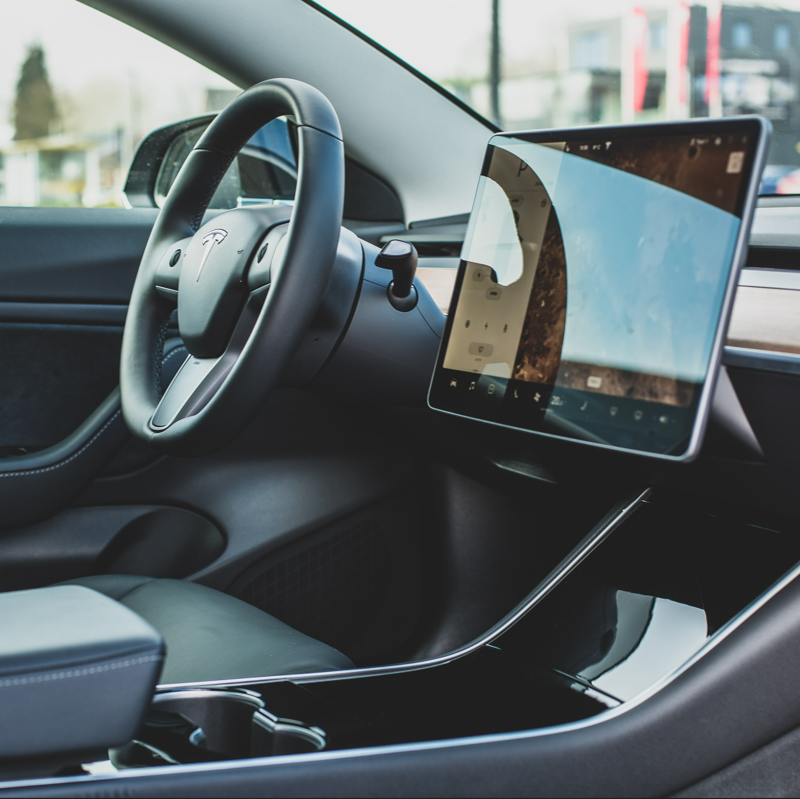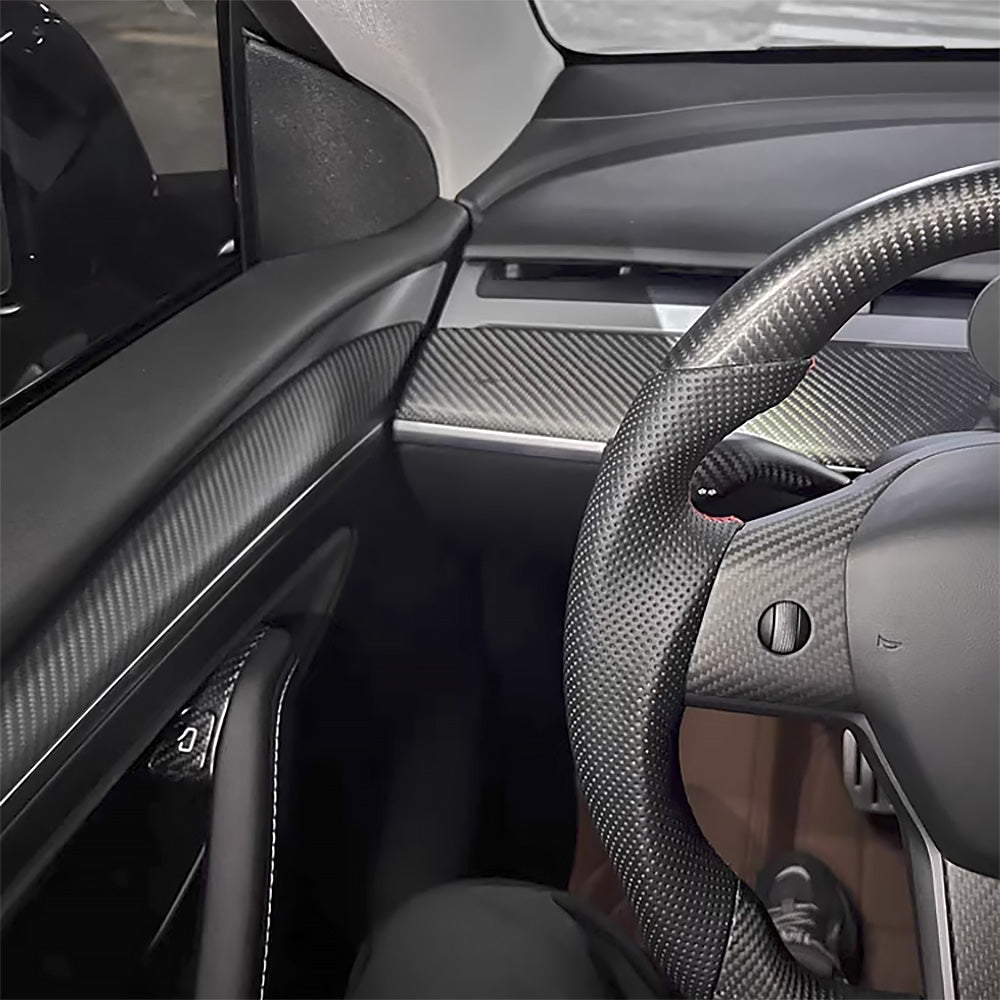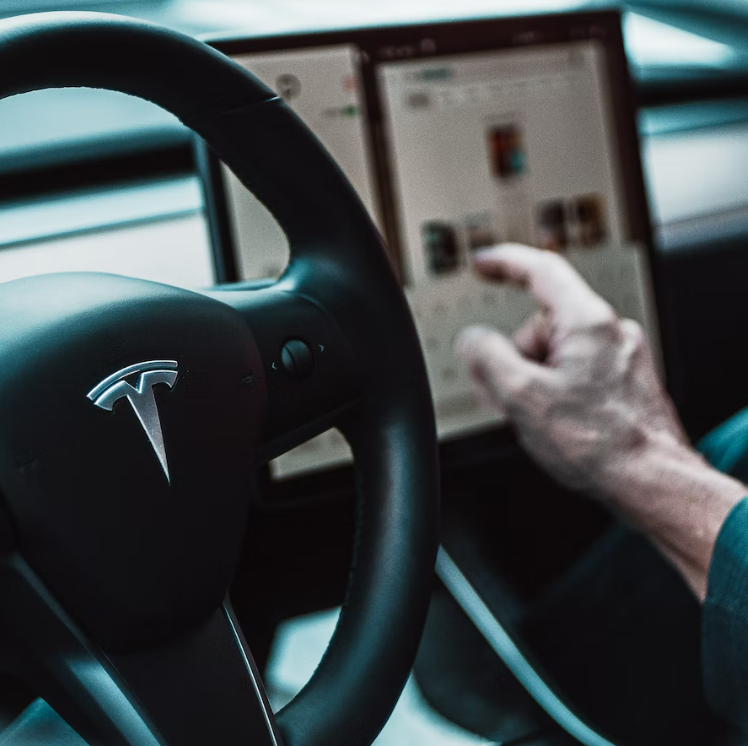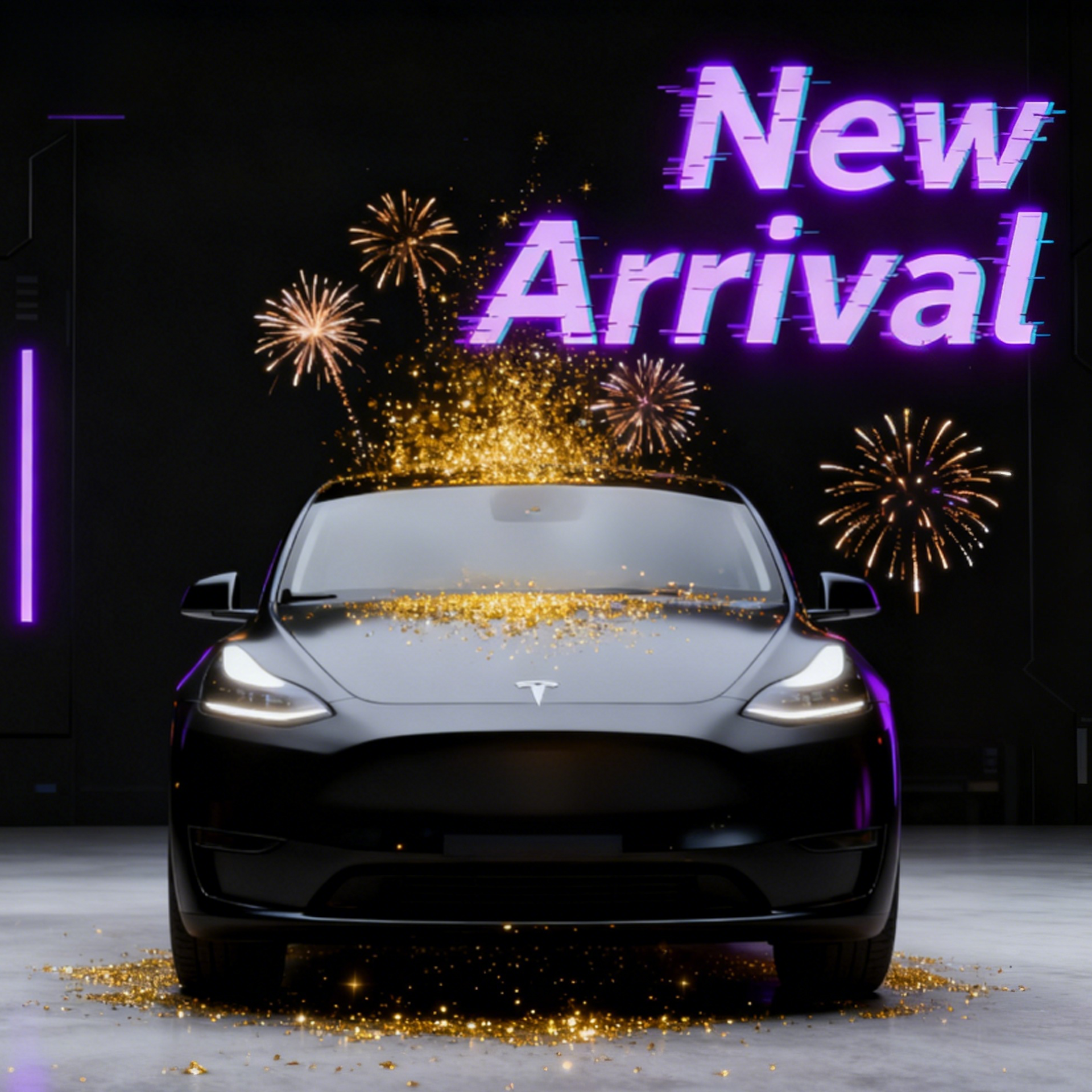Tesla Autopilot is a modern driving assistance system. It adds convenience to the driving experience and makes your rides extra safe. Autopilot feature enable a Tesla to drive itself.
However, it doesn’t mean that Tesla is a fully autonomous self-driving vehicle. It still requires driver’s attention. You may have to take control within the lapse of a moment.
This blog will discuss the practicality of Tesla autopilot and whether it is a convenience feature for the driver or not.
What are the Basic Feature of Tesla Autopilot System?
Every Tesla models is equipped with a basic autopilot system. The basic features of the system allows Tesla to perform the following functions:
- Accelerate up to a pre-set speed limit and maintain it.
- Brake and slow down upon recognizing other vehicles and pedestrians in front of the car.
- Keeps the car centered in a lane. So that minimal steering is needed.
The Tesla Autopilot is designed to assist the driver in stressful driving scenarios. Features such as emergency braking, adaptive cruise control, blind spot monitoring, and collision alerts ensure safety and peace of mind while driving.
While on autopilot mode you only need to mind where your steering is going. Rest is up to your to control every other thing. Long distance travels on highways become less tiring and more enjoyable with the autopilot feature.
What is Tesla’s Full Self Driving System?
This system is an optional extra available only in the Model S and Model X. It costs $12,000 upfront and a subscription worth $200 a month.
It is an enhanced version of the Basic Autopilot system with the following additional features to assist in driving.
- Automatic lane changing capability.
- Can handle exits, merges, and overtaking of other cars.
- ‘Navigate on Autopilot’ which takes you from on-ramp to off-ramp.
- Auto-parking and ‘summon’ feature, which brings your car from parking to your desired location
FSD is therefore a much more refined and more practical iteration of the basic autopilot system.
What are the Limitations of Tesla Autopilot?
The first thing we should realize is that the Autopilot does not make Tesla a fully autonomous or self-driving car. Many of its features are still in beta, thus it can be classified as a Level 2 autonomous driving system. Fully autonomous car comes at level 5.
Tesla itself gives a disclaimer that their system can malfunction at any time.
Let’s see some of its limitations:
- It cannot fully imitate the way an experienced driver handles the car in tough situations.
- Customers have claimed that the system sometimes fails to recognize the correct lane of surrounding cars.
- The Model 3 was found to slam on the brakes just because a car in the adjacent lane slowed down rapidly.
- It also sometimes fails to take in account the curves on the road despite the lane markings.
- Occasionally, the system slams the brakes when other vehicles pass through the curve.
- The autopilot is also likely to ignore diversions and repair works on the road, which may lead to major accidents.
Why Auto-Driving Feature is Called Autopilot in Tesla?
Tesla’s CEO Elon Musk explained that the system was named after the autopilot system in plane. Autopilot eases off the job for pilots in the cockpit but still demands attention and supervision.
Tesla’s autopilot is analogous to the system in an airplane, thus requires an attentive driver in the driver seat.
Final Word
Not yet, but self-driving cars are on their way. The point is near when you could just enter the destination and your car would take you there.
Tesla’s Autopilot system is actually a practical and very helpful feature while driving. But it comes with its limitations and drawbacks, so a driver should not rely on that blindfolded.
To find more informative blogs and tips related to Tesla vehicles, you can visit our website tlyard.com.
Tlyard is an online store and a single stop solution for very interesting modifications and upgrades you can make in your Tesla.





